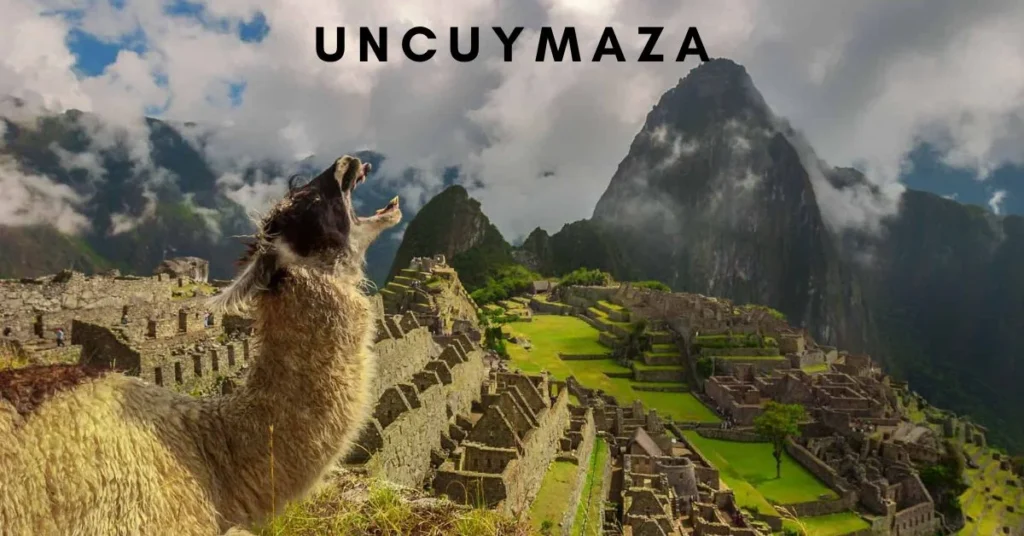Uncuymaza is a term that resonates deeply with the rich cultural and historical identity of Indigenous communities in some areas of Latin America. Rooted in ancient traditions and spiritual beliefs, Uncuymaza represents more than just a cultural artifact—it symbolizes resilience, wisdom, and the profound connection between people and nature.
The Meaning and Origins of Uncuymaza
The word “Uncuymaza” originates from Indigenous languages and is often connected to the Andean region’s sacred customs and ancient practices. While the exact translation may vary among tribes or linguistic interpretations, it is commonly associated with elements of nature, community life, and spirituality. Uncuymaza often reflects themes of harmony with the land, reverence for ancestors, and the spiritual bonds that connect all living beings.
Historically, this concept was central to Indigenous ceremonies and daily life, where nature was viewed as a living, breathing entity deserving of care and respect. In agricultural communities, the cycles of the sun, moon, and stars were closely watched, and rituals invoking Uncuymaza were performed to ensure bountiful harvests, favorable weather, and the community’s overall well-being.
Cultural Significance and Spiritual Practices
In Indigenous cultures, spirituality and the material world are intertwined. Uncuymaza, as an idea, embodies this deep connection. Rituals dedicated to it are often centered around celebrating life’s cycles—birth, death, and renewal. Traditional music, dance, and storytelling, accompanied by natural instruments like drums and flutes, are central to these ceremonies. These cultural expressions allow the community to pass down their knowledge, beliefs, and history through generations.
One of the critical aspects of Uncuymaza is the emphasis on communal well-being. Indigenous practices often focus on the health and prosperity of the entire group rather than just individual success. Community members come together to work the land, celebrate festivals, and honor their ancestors in a way that fosters solidarity and shared responsibility.
Uncuymaza in Modern Times
Today, while many Indigenous communities face challenges related to modernization, displacement, and environmental changes, the spirit of Uncuymaza continues to thrive. Indigenous leaders and activists advocate for preserving their cultural heritage, ensuring that traditions like Uncuymaza are not lost but adapted to contemporary realities. Educational programs, cultural festivals, and storytelling projects have helped to revive interest in these ancient customs among younger generations.
Environmental conservation efforts are also closely aligned with the principles of Uncuymaza, particularly in regions where Indigenous knowledge is being integrated into modern sustainability practices. Governments and organizations increasingly recognize the importance of traditional wisdom in managing natural resources and preserving biodiversity.
Conclusion
Uncuymaza is more than just a word or a cultural reference—it is a symbol of life, nature, and community. It holds a mirror to a worldview that values harmony with the earth, collective responsibility, and deep spiritual connection. As the world faces new ecological and social challenges, the wisdom embodied by Uncuymaza offers valuable lessons for both Indigenous and non-Indigenous peoples. By understanding and embracing these ancient traditions, modern society can foster a more sustainable and inclusive future for all.
